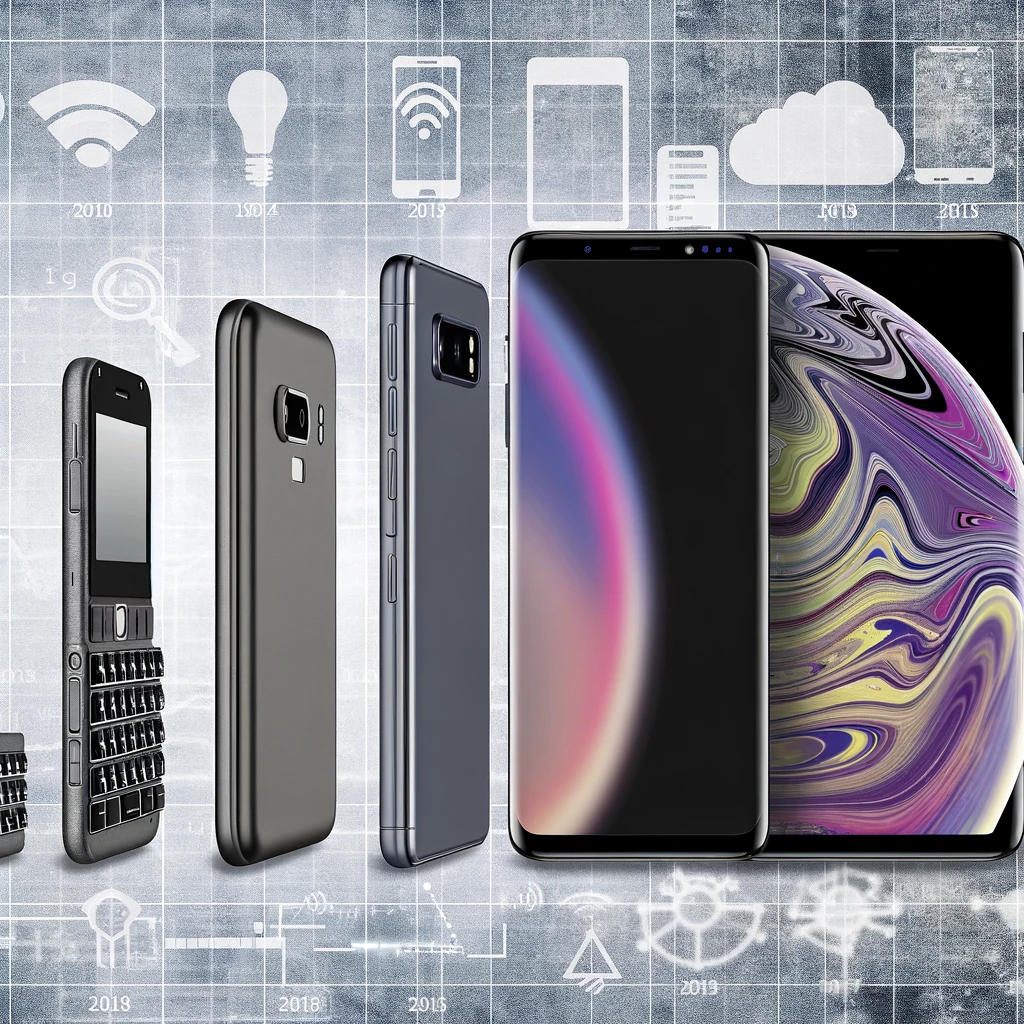Over the past decade, the smartphone industry has undergone a remarkable transformation, evolving from basic communication devices to indispensable life companions. This journey has been marked by rapid technological advancements, shifts in consumer demands, and an ever-increasing integration of smartphones into every aspect of daily life.

In the early 2010s, smartphones were primarily focused on improving call quality, text messaging capabilities, and basic internet access. Screens were smaller, and keyboards, often physical, were a common feature. However, as the decade progressed, the industry witnessed a significant shift towards larger, touch-sensitive screens, paving the way for a more interactive and engaging user experience.
One of the most notable advancements has been in smartphone display technology. From the earlier LCD screens, we moved to brighter and more energy-efficient OLED and AMOLED displays, offering vibrant colors and deeper blacks. The bezels surrounding these displays have steadily shrunk, leading to the modern edge-to-edge screen design that maximizes display area without increasing the overall size of the phone.
Camera technology has also seen exponential improvement. A decade ago, smartphones featured single rear cameras with limited capabilities. Today, it’s commonplace to find smartphones equipped with three or more rear cameras, including wide-angle, telephoto, and macro lenses, offering users a versatile photography experience previously only attainable with professional cameras. Advances in image processing software have further enhanced photo quality, even in low light conditions.
Under the hood, the evolution is just as significant. Early smartphones were equipped with processors that struggled with multitasking and high-performance apps. Now, cutting-edge chipsets facilitate seamless multitasking, sophisticated gaming, and the use of AI applications, transforming the smartphone into a powerful computing device that fits in the palm of your hand.
Connectivity has seen a leap from 3G to the advent of 5G networks, enabling faster internet speeds, lower latency, and thus, a more connected world. This advancement has allowed for real-time video streaming, high-speed downloads, and has paved the way for innovations such as cloud gaming and augmented reality (AR) applications.
Software and operating systems have evolved in tandem with hardware. The early 2010s saw the solidification of the iOS and Android duopoly, but the real change has been in the sophistication of these operating systems. They now offer more personalized experiences, enhanced security features, and integration with a wide ecosystem of devices and services.
Furthermore, smartphones have become central to new technological paradigms, including the Internet of Things (IoT), where they serve as control hubs for smart home devices, and fintech, where they facilitate mobile payments and financial services.
In conclusion, the last decade has not just seen the evolution of the smartphone from a communication tool to a multi-functional device; it has witnessed the smartphone becoming an integral part of human life. As we look to the future, it is clear that smartphones will continue to evolve, driven by advances in technology and changing consumer needs. What remains constant, however, is the role of the smartphone as an indispensable companion in our daily lives.




